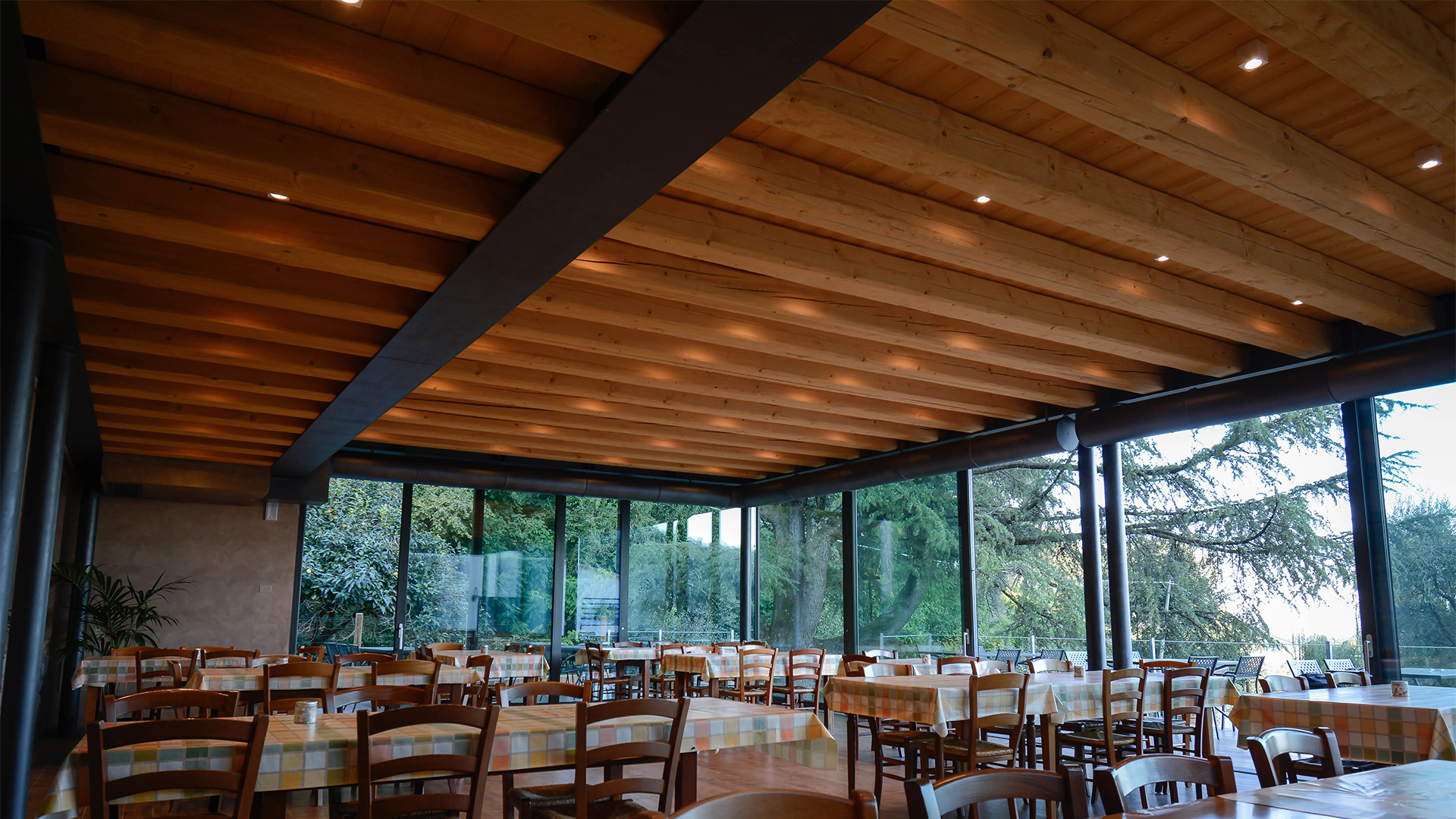
In an ever-evolving industry like hospitality, the visual appeal of a venue is crucial to attract customers and craft a memorable experience. Today, customers choose a restaurant not only for its culinary delights but also for the chance to immerse themselves in a memorable atmosphere. That's why meticulous attention to the restaurant's aesthetics is essential, with a key element being the lighting. In this article, let's explore six fundamental tips for illuminating a restaurant with design lamps, crafting a welcoming and sophisticated atmosphere.
1. Understand the space and concept
Before choosing design lamps, it's crucial to understand the unique layout and concept of the restaurant. Each establishment has its own distinct arrangement, varying in size, table layout, and overall architecture. Lighting should be selected and distributed based on these factors to achieve maximum impact. Whether it's a spacious, open restaurant or a more intimate setting, the choice of lamps should complement the ambiance and visually define different areas.
If your project involves a restaurant with large spaces and open areas, it is advisable to use designer lamps that diffuse a broad, even light. Elegant ceiling lights or pendant lamps with an open design can be chosen to effectively cover larger areas, ensuring that every table and every corner receives the right amount of illumination.
In a more intimate setting, such as a smaller restaurant or with more intimate spaces, one can opt for wall or table lamps that cast a more concentrated light.
Take into account the restaurant's concept too. From classic and traditional to modern and contemporary, design lamps should seamlessly integrate with the overall aesthetic, enhancing the visual coherence.
2. Play with colour temperatures
The colour temperature of lamps is essential for creating the desired atmosphere. Mixing different colour temperatures can add depth and visual interest. Carefully select the light temperature to set the mood. Warm tones, around 2700 Kelvin, create a romantic and intimate atmosphere, while cooler tones, around 4000 Kelvin, are ideal for a brighter and more modern setting. LED lighting with colour variations allows restaurants to adapt the atmosphere for different occasions, from formal dinners to special events.
3. Choose a focal point with design lamps
Use design lamps as focal points to draw attention to specific areas of the restaurant. An elegant chandelier over the main table or pendant lights above the bar counter can captivate customers, creating a unique visual experience. Opt for directed and accent lights for functional areas like the cash register and kitchen, ensuring they align with the restaurant's overall style and decor.
4. Guide the customer with lighting
Implement a strategic approach to your lighting design project. Use lights to guide customers through the venue on a thoughtfully designed visual journey. This not only contributes to the overall aesthetics but also positively affects the customer experience, creating a visual narrative during their stay. Gradually adjust the light intensity from a vibrant entrance to softer lighting around tables, promoting a sense of calm and relaxation. This type of gradual lighting can be achieved through the use of dimmers or different light sources. Use recessed pathmarkers for passage areas and corridors. These areas can benefit from softer lighting, avoiding excessive shadows and ensuring a smooth transition between spaces.
5. Illuminate architectural elements with directional spotlights
To emphasise the restaurant's design, illuminate distinctive architectural elements. Use spotlights, LED strips, or recessed lamps to highlight walls, columns, or unique ceilings. Directional spotlights are perfect for showcasing architectural details, artworks, or even individual menu items. Position them strategically to focus light on focal points, creating a dynamic visual experience.
6. Balance natural and artificial light
Natural lighting is often overlooked but can truly make a difference in a restaurant's environment. Maximize the use of natural light during the day to create an open and inviting atmosphere. At night, integrate artificial light in a balanced way, avoiding excessive shadows and intense light points. Adjust the intensity to foster a more intimate atmosphere. Flexible control allows customization to meet the restaurant's specific needs. A well-balanced mix of natural and artificial light breathes life into a complete dining experience.
In conclusion, restaurant lighting goes beyond simply providing illumination. Carefully plan the layout of lights to achieve the desired atmosphere. These six tips for designing restaurant lighting serve as valuable guidelines to enhance the environment. However, during your project, strive to blend light design with your client's aesthetic needs.
In this regard, 9010novantadieci can assist you in personalising lighting products to meet any requirement. Investing in quality lighting solutions is a step towards success in the restaurant industry, where the overall experience is crucial for customer loyalty and standing out from the competition.